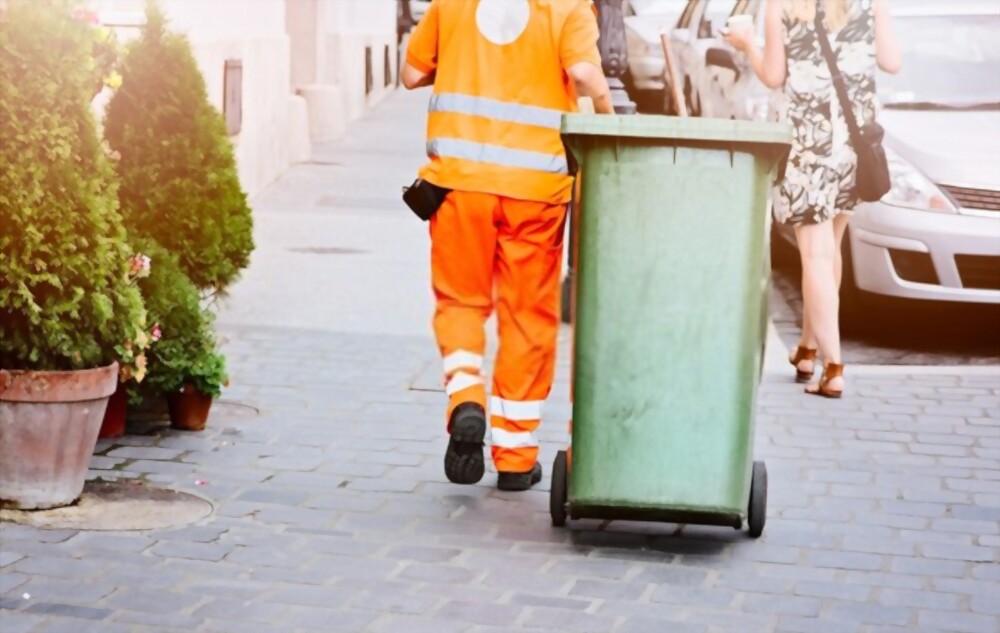How to Protect Your Building from Potential Fire Hazards

Your building isn’t just bricks and mortar; it’s a place where people live, work, or gather, making their safety a top priority. Fires can be devastating, causing harm to lives and property. Most of the fire breakout incidents happen suddenly and the situation leaves you nervous and confused on what to do. However, with proactive measures and awareness, you can significantly reduce the risk of fire incidents and ensure the safety of everyone in your building.
With preventive measures and proper fire alarm systems, you can avoid damage. Let’s have a look at some essential steps you need to take to protect your building from potential fire hazards.
Install Smoke Detectors
Smoke detectors are your first line of defence against fires. Make sure your building is equipped with smoke detectors in strategic locations, including bedrooms, hallways, and common areas.
Regularly test and replace batteries to ensure they’re in working order. These detectors provide early warnings, giving occupants valuable time to evacuate.
Fire Extinguishers
Fire extinguishers are essential tools for containing small fires before they escalate. Place them in easily accessible locations throughout your building, such as kitchens, utility rooms, and near exits.
Ensure that residents or employees are trained in their proper use, and schedule routine inspections and maintenance.
Regular Inspections
Regular inspections of your building are crucial. Inspect fire safety equipment, exit routes, and electrical systems on a routine basis. Make sure to get a fire sprinkler inspection conducted routine so to ensure that they work properly. Address any issues promptly to maintain a safe environment.
Establish Clear Exit Paths
In an emergency, clear and unobstructed exit paths are crucial. Ensure that all exits are marked with illuminated signs and that doors open easily from the inside.
Regularly inspect exit routes and keep them free from clutter. Conduct fire drills periodically to familiarize everyone with evacuation procedures.
Maintain Electrical Systems
Faulty wiring and electrical systems are common fire culprits. Schedule regular inspections by qualified electricians to identify and rectify potential issues.
Avoid overloading circuits and extension cords, and replace damaged or frayed wires promptly.
Kitchen Safety
Kitchens are prone to fires due to cooking activities. Install a fire suppression system, such as a fire blanket or extinguishing spray, in the kitchen. Educate residents or employees about safe cooking practices, emphasizing never leaving cooking unattended.
Heating and Appliances
Heating equipment and appliances should be in good working order. Regular maintenance and servicing can prevent malfunctions that could lead to fires. Keep flammable materials away from heaters, stoves, and other heat sources.
Fire-Resistant Materials
Consider using fire-resistant building materials where feasible, especially in high-risk areas. Fire-resistant doors and walls can help contain a fire, limiting its spread and providing occupants with more time to evacuate safely.
Designated Smoking Areas
If smoking is permitted on your property, designate specific smoking areas away from the building. Provide safe receptacles for cigarette disposal to prevent accidental fires caused by discarded cigarette butts.
Emergency Contact Information
Ensure that emergency contact information, including local fire department numbers and building management contacts, is readily available to all occupants. Post this information in common areas and near phones.



